-

Hotspot Watch 10 November 2023
Hotspot10 November 2023A weekly update describing soil moisture patterns across the country to show where dry to extremely dry conditions are occurring or imminent. -

Recreational fishing
Research ProjectUnderstanding the trends in recreational fisheries is key to ensuring sustainable fisheries across the country. -
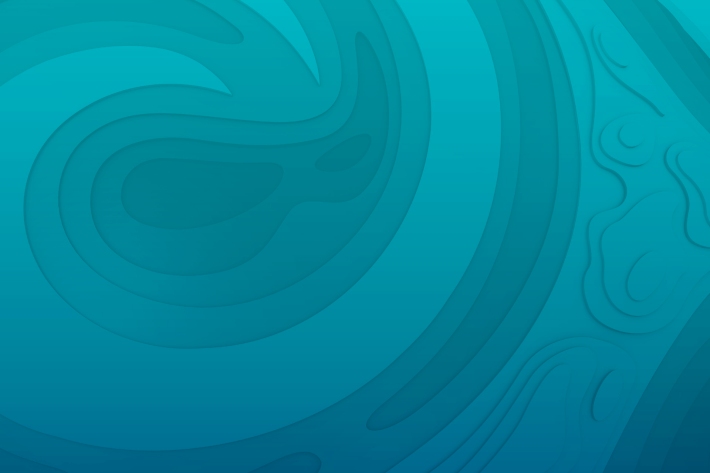
NatHERS climate files 2012 - data request
NatHERS climate files 2012 - data request webform -

Improved sustainability of the demersal line fishery in Tonga
Research ProjectThe Tongan deepwater demersal line fishery is a valuable source of income, livelihood, and social well-being for the people of Tonga. The fishery has a history of boom-and-bust cycles with fluctuating catches and poor economic returns. -
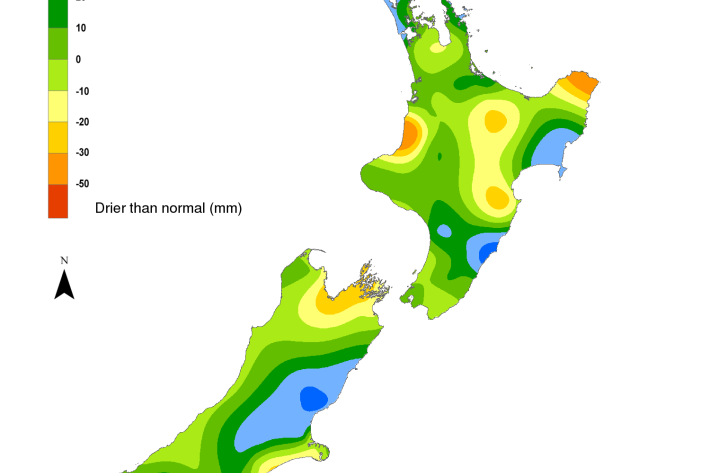
Hotspot Watch 1 November 2023
Hotspot01 November 2023A weekly update describing soil moisture patterns across the country to show where dry to extremely dry conditions are occurring or imminent. -

Freshwater biosecurity
Reducing the risk of new freshwater invasive species, minimising the impacts of these species, and developing methods for reducing or eradicating those populations. -

Species Key – Coastal Taxonomic Resource Tool
A web-based taxonomic resource tool has been developed to improve the accuracy and consistency in soft sediment estuarine and coastal benthic intertidal and shallow subtidal macroinvertebrate identification across New Zealand. -
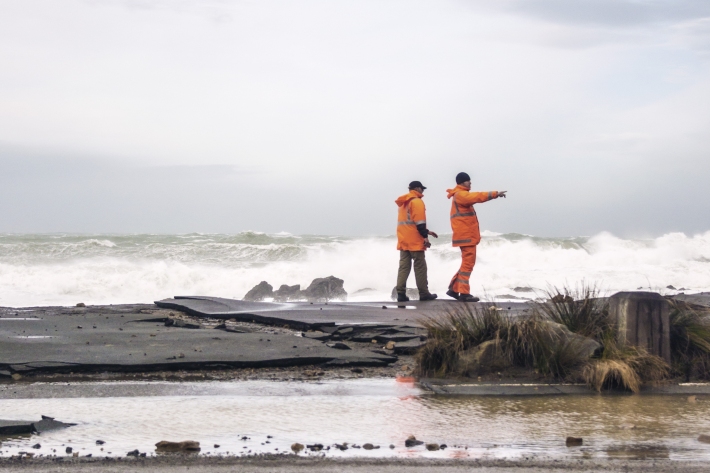
Coastal hazards
NIWA's coastal hazards research is improving knowledge and providing tools to help understand coastal hazards and potential impacts for Aotearoa New Zealand – both now and in the future as sea levels continue to rise. -
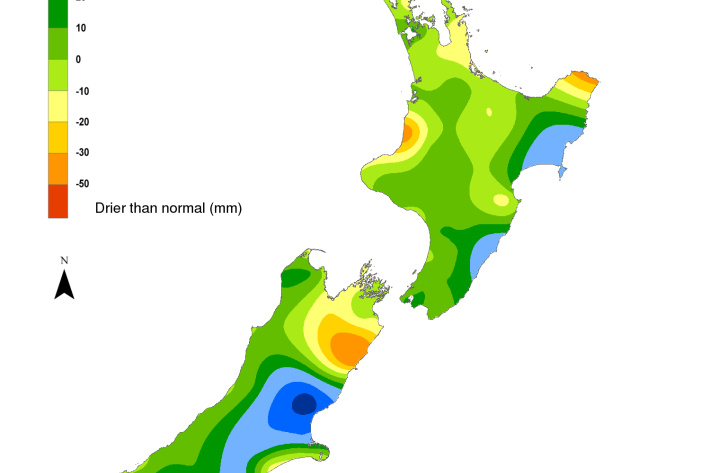
Hotspot Watch 26 October 2023
Hotspot26 October 2023A weekly update describing soil moisture patterns across the country to show where dry to extremely dry conditions are occurring or imminent. -

High Frequency Water Quality Monitoring Guidance
Research ProjectA NIWA-led project to support anyone wishing to deploy a water quality sensor in rivers, lakes and estuaries. -
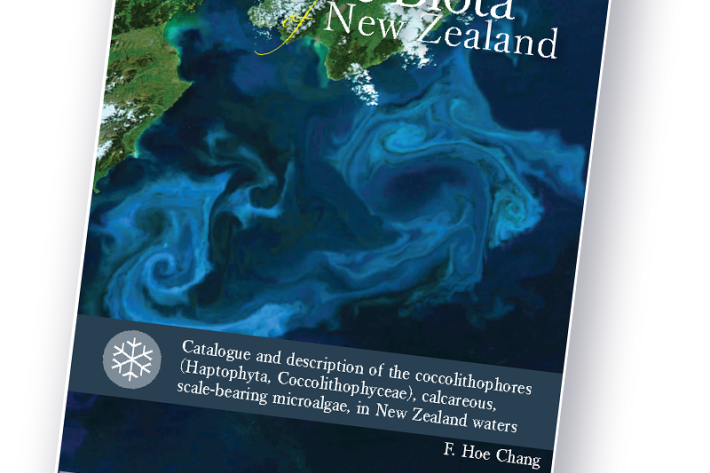
NIWA Biodiversity Memoirs for purchase
The NIWA Biodiversity Memoirs are comprehensive, definitive, illustrated reference works that capture the rigorous, peer-reviewed scientific study of New Zealand’s distinctive marine fauna and flora.
